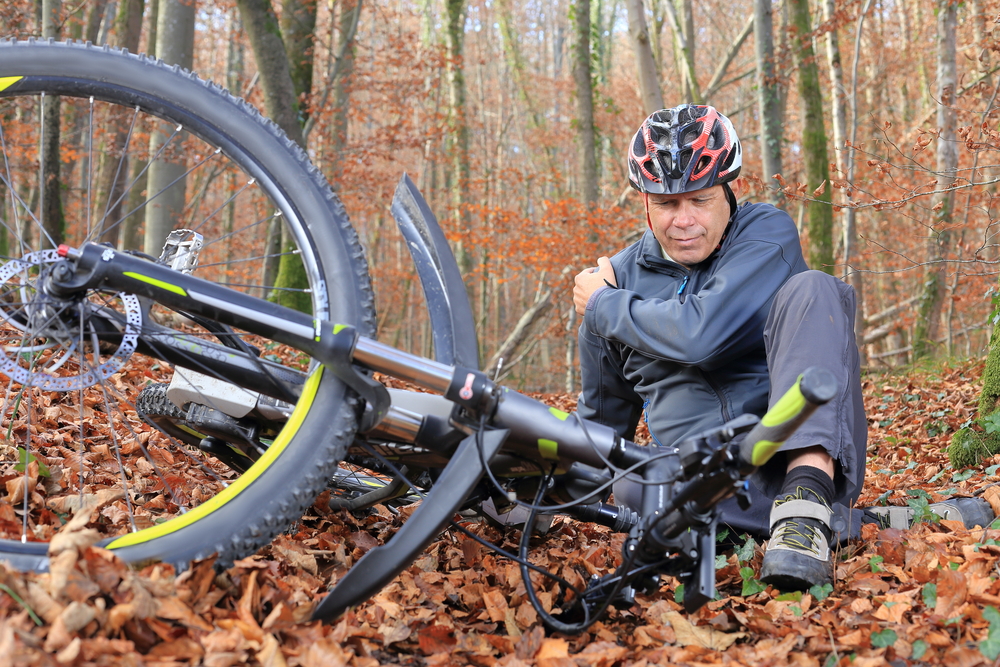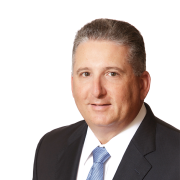Search
Find a Physician
Robert A. DeFalco, Jr., DO
In your daily life, you use your shoulder a lot—from extending your arm to block a fall and carrying groceries to lifting weights and playing sports. When you break a shoulder bone, you know it.
Your shoulder is a complex joint comprised of three bones that come together to form the shoulder girdle: the upper arm bone (humerus), the shoulder blade (scapula) and the collarbone (clavicle), the long thin bone that connects the breastbone to the shoulder blade. When any one of these bones break, it can be painful to use your shoulder, if not impossible.
Breaking a shoulder bone usually involves trauma, such as getting hit in the shoulder while playing sports, falling directly onto your shoulder or out onto an outstretched arm. You might hear or feel a crack when the fracture happens. Children and young adults tend to experience the most collarbone fractures. A fracture of the top part of the humerus is the most common in adults, especially those over 65. Scapula (shoulder blade) fractures are rare overall because this shoulder bone is protected by chest and surrounding muscles.
It’s important to see a shoulder orthopedic specialist as soon as possible for the correct diagnosis and treatment plan. Your Orthopedic Institute of New Jersey (OINJ) shoulder surgeon will order an X-ray to confirm the break, then develop a personalized treatment plan based on your condition.
If the broken bones are under the skin and close to where they should be anatomically, treatment may be as simple as wearing a sling for a month or so -- to keep your shoulder from moving until the bones heal – and taking anti-inflammatory pain medication to help with swelling and pain. Most uncomplicated shoulder fractures heal within six weeks, but timing can vary.
If your shoulder fracture has broken through the skin, broken in several places or not properly aligned, your shoulder doctor may recommend corrective surgery. Fixing the fracture involves repositioning the broken pieces back into place and stabilizing the fracture with hardware (typically plates and screws) to support the broken bone and allow for healing.
After surgery, you will need to wear a sling or cast to keep your shoulder from moving. When the bone has sufficiently healed, your OINJ shoulder doctor will likely recommend seeing a physical therapist for range of motion exercises followed by strength training. This can help you recover the full use of your arm and prevent your shoulder from stiffening. Recovery after shoulder surgery may take months. If you’re an athlete, talk with your OINJ shoulder doctor about when you can safely return to your sport.
OINJ PHYSICIAN’S ADVICE
If your broken collarbone requires surgery, hardware, such as rods, plates or screws, may be needed to hold the bone fragments in place as the bone heals. Removing pins, screws and plates after the bone has healed is often optional and requires another surgery. But having the hardware removed may help relieve any lingering discomfort and shoulder stiffness.
Paul G. Teja, DO
DO, OINJ Shoulder Surgeon
Robert A. DeFalco, Jr., DO


